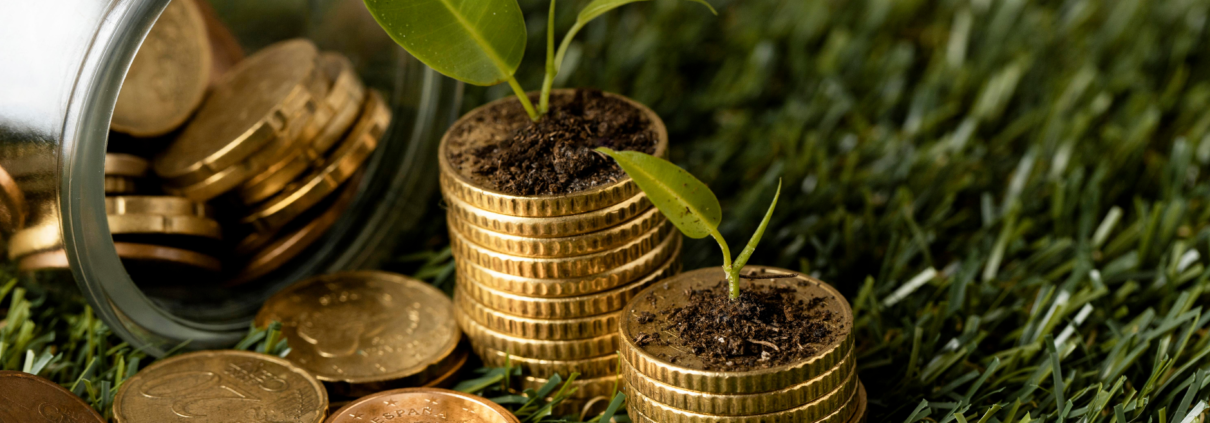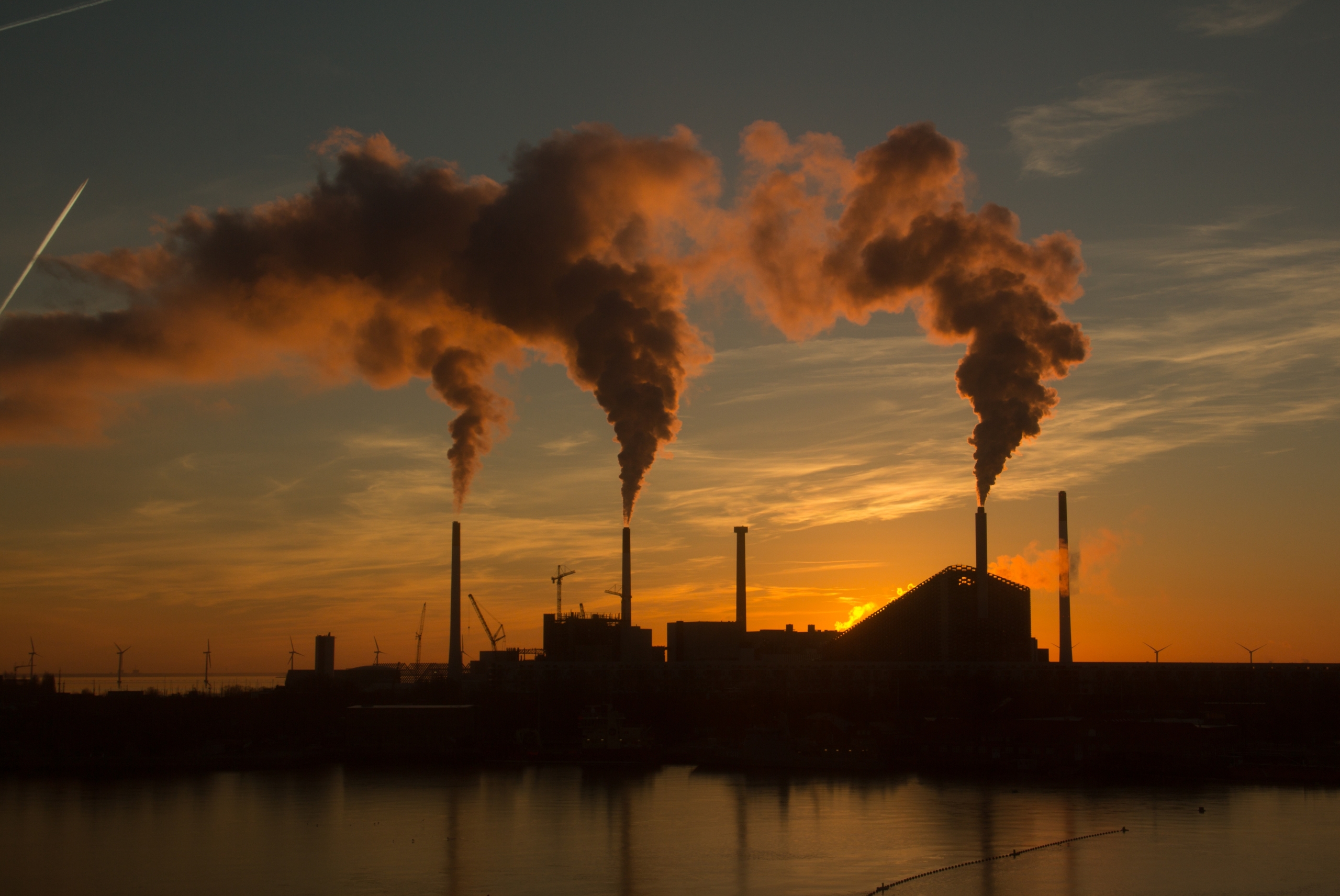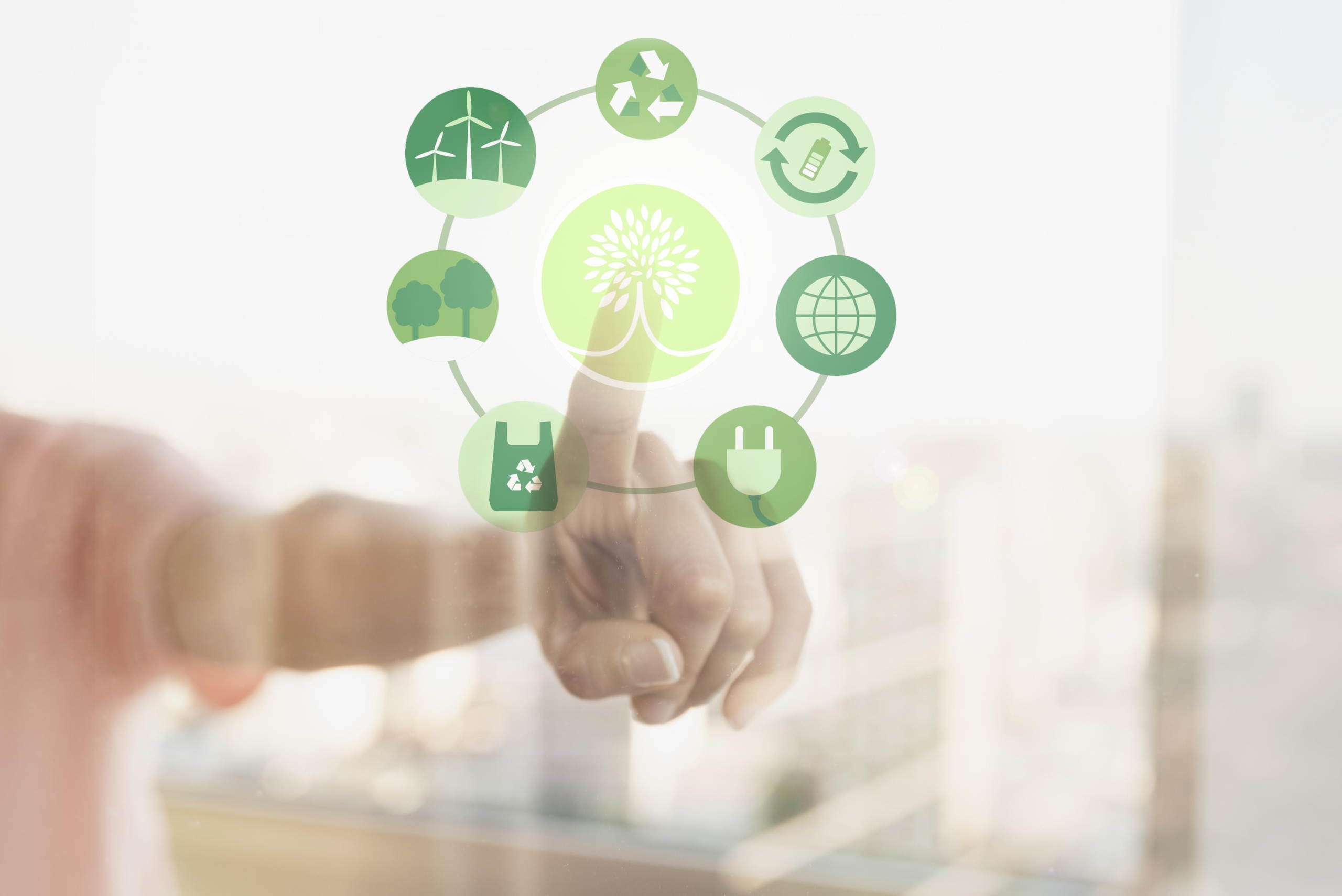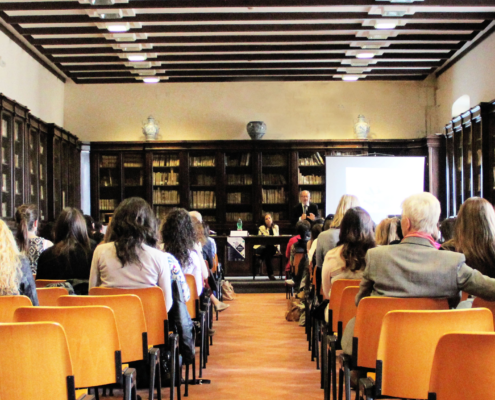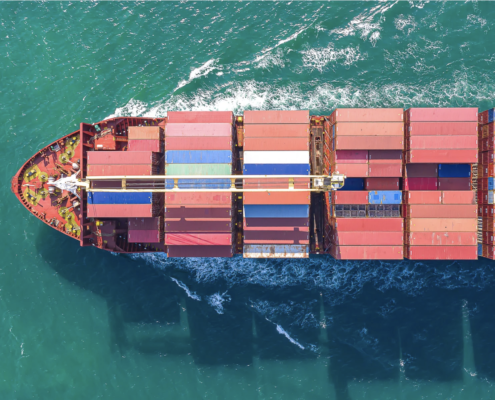The year 2022 marked a significant turning point for France in terms of climate investments, with spending exceeding €100 billion, according to the latest overview of climate financing published by the Institute for Climate Economics Institute for Climate Economics (I4CE) on 15 December. This 9% increase compared to 2021 reflects the country’s growing commitment to the ecological transition. However, despite this progress, challenges remain, and the future seems to pose crucial questions for the sustainability of this trajectory.
Growth in Climate Investment in 2022
The I4CE annual report highlights the positive impact of government and local authority spending, mainly linked to the stimulus plan, on the growth of climate investments in 2022. However, it also points out that this expenditure has increased moderately since then, raising the question of the sustainability of this trend.
Although the report anticipates a further 8% increase in funding in 2023, there are warning signs of a possible decline in 2024. Rising credit costs and the completion of major wind farm projects have been identified as potential factors contributing to this trend. It is therefore essential to consolidate what has been achieved and explore new strategies to maintain the positive momentum of climate investments.
Future Needs: An Imminent Challenge
Current projections in the draft national low-carbon strategy highlight considerable financial requirements of €58 billion per year from 2024 to 2030. These needs are spread across key sectors such as energy-efficient building renovation, low-carbon vehicles, modal shift infrastructure and renewable energies.
The figures presented by I4CE are closely aligned with the assessments of the Mahfouz and Pisani-Ferry mission, underlining the crucial importance of these investments in achieving France’s ambitious targets for reducing carbon emissions. However, one key question remains: how can these financial resources be mobilised effectively and sustainably?

